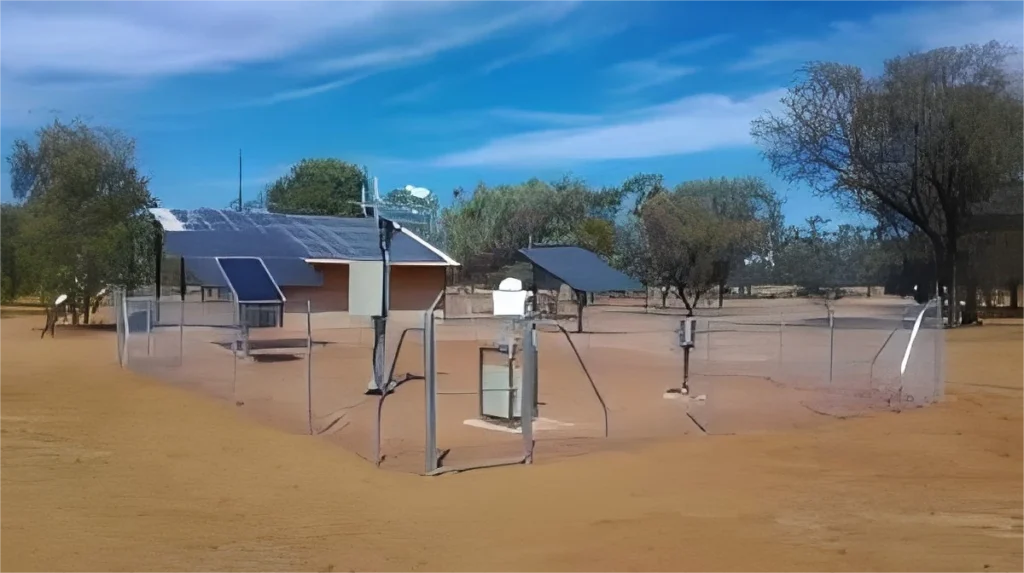
# Disadvantages of Automatic Weather Stations
Automatic Weather Stations (AWS) have revolutionized the way meteorological data is collected, providing real-time and accurate weather information. However, despite their numerous advantages, AWS also come with several disadvantages that can impact their effectiveness and reliability.
## High Initial and Maintenance Costs
One of the primary disadvantages of automatic weather stations is the high cost associated with their installation and maintenance. AWS require sophisticated sensors, data loggers, and communication systems, all of which can be expensive to purchase and install. Additionally, regular maintenance is necessary to ensure the accuracy of the data, which can further increase operational costs.
## Dependence on Power Supply
Automatic weather stations rely heavily on a continuous power supply to function effectively. In remote or off-grid locations, this can be a significant challenge. While some AWS are equipped with solar panels or batteries, these solutions may not always be reliable, especially during prolonged periods of poor weather conditions.
## Vulnerability to Environmental Factors
AWS are exposed to harsh environmental conditions, which can lead to sensor degradation or failure over time. Factors such as extreme temperatures, humidity, dust, and wildlife interference can affect the performance and longevity of the equipment. Regular inspections and replacements are often required to mitigate these issues.
## Limited Human Oversight
Unlike traditional weather stations that are often monitored by trained personnel, AWS operate with minimal human intervention. This lack of oversight can lead to undetected malfunctions or data inaccuracies. For example, a sensor failure might go unnoticed for an extended period, resulting in unreliable data.
## Data Transmission Issues
Automatic weather stations rely on communication networks to transmit data to central databases. In areas with poor or unreliable connectivity, data transmission can be interrupted, leading to gaps in the weather records. This is particularly problematic in remote or rural locations where network coverage may be limited.
## Calibration and Accuracy Challenges
Maintaining the accuracy of AWS sensors requires regular calibration. Over time, sensors can drift from their calibrated settings, leading to inaccurate data. Without frequent recalibration, the reliability of the weather data collected can be compromised, affecting forecasts and research.
## Conclusion
While automatic weather stations offer numerous benefits, their disadvantages cannot be overlooked. High costs, dependence on power, environmental vulnerabilities, limited human oversight, data transmission issues, and calibration challenges all pose significant hurdles. Addressing these drawbacks is essential to maximize the effectiveness and reliability of AWS in meteorological data collection.
Recent Comments